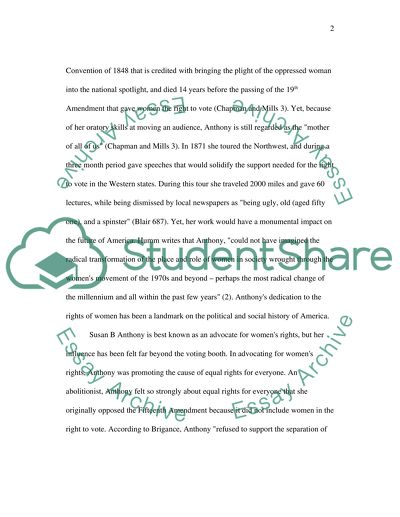Cite this document
(Susan Anthony: The Maker of Movements Case Study, n.d.)
Susan Anthony: The Maker of Movements Case Study. Retrieved from https://studentshare.org/gender-sexual-studies/1553185-figure-in-humanities
Susan Anthony: The Maker of Movements Case Study. Retrieved from https://studentshare.org/gender-sexual-studies/1553185-figure-in-humanities
(Susan Anthony: The Maker of Movements Case Study)
Susan Anthony: The Maker of Movements Case Study. https://studentshare.org/gender-sexual-studies/1553185-figure-in-humanities.
Susan Anthony: The Maker of Movements Case Study. https://studentshare.org/gender-sexual-studies/1553185-figure-in-humanities.
“Susan Anthony: The Maker of Movements Case Study”. https://studentshare.org/gender-sexual-studies/1553185-figure-in-humanities.


